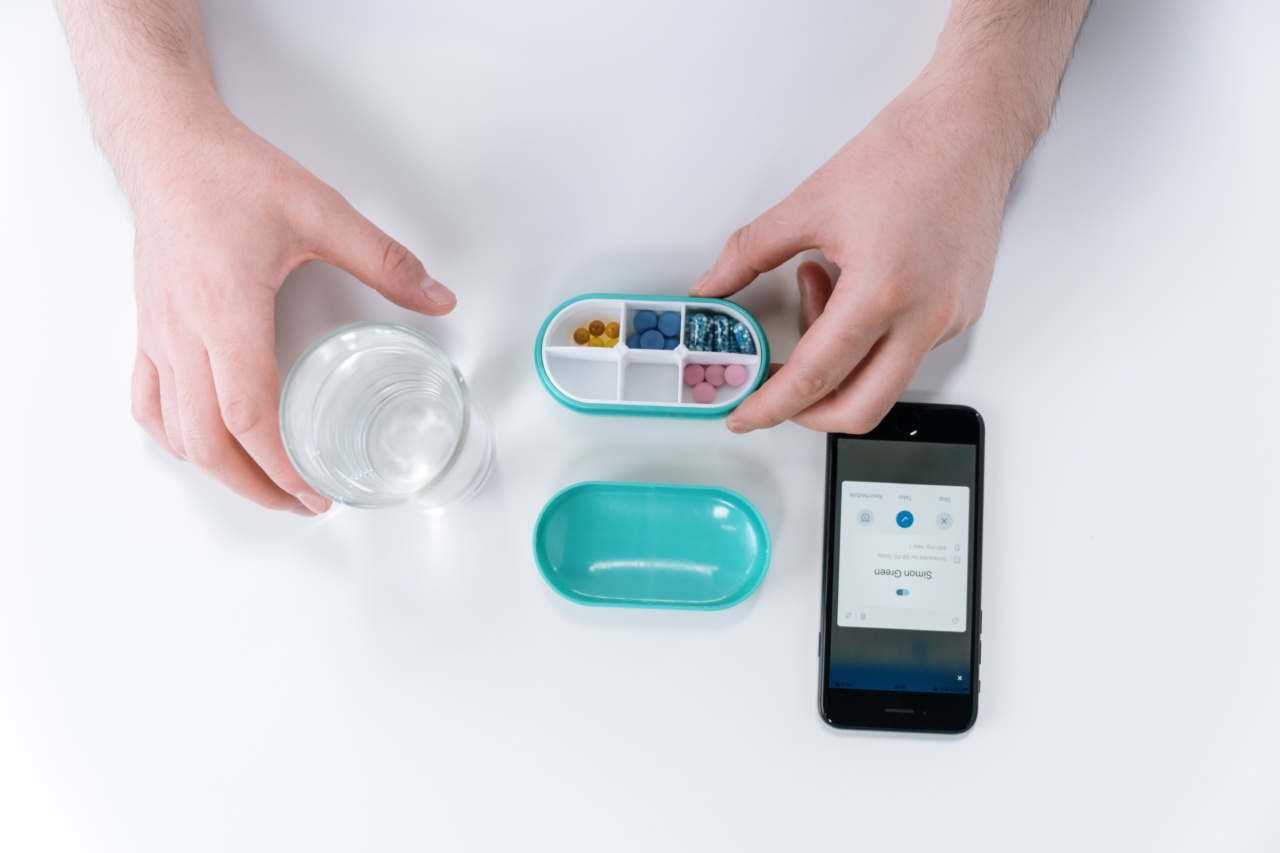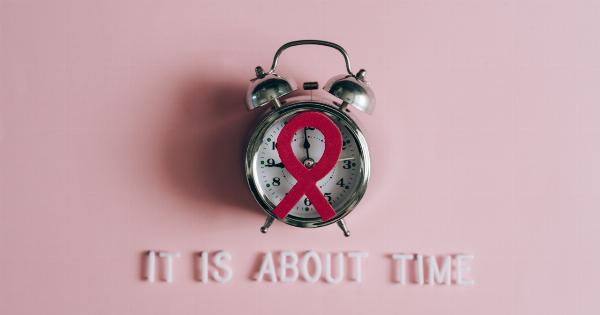The human immunodeficiency virus (HIV) is a serious global health concern that affects millions of people worldwide. Despite extensive scientific research and public health campaigns, there are still numerous misconceptions surrounding HIV transmission.
One of the most persistent myths is whether HIV can be transmitted through saliva. In this article, we will debunk this myth and provide accurate information about HIV transmission routes.
Understanding HIV Transmission
HIV is primarily transmitted through certain body fluids: blood, semen, vaginal fluids, rectal fluids, and breast milk.
The virus can enter the body through a variety of routes, including unprotected sexual intercourse, sharing needles or syringes, and mother-to-child transmission during childbirth or breastfeeding. It is important to note that HIV is not transmitted through casual contact, such as hugging, kissing, or sharing common items like food utensils, toilets, or drinking glasses.
Saliva and HIV
Saliva plays a crucial role in our daily lives, aiding digestion and maintaining oral health. It is natural to wonder if HIV can be present in saliva and whether it poses a risk of transmission.
The good news is that the concentration of HIV in saliva is extremely low, making it highly unlikely to transmit the virus through this bodily fluid.
Research has shown that HIV is present in the saliva of infected individuals, but the levels are far below what is necessary for transmission.
The virus needs to reach a certain threshold in the bloodstream in order to establish an infection, and saliva alone does not contain enough active virus particles to achieve this.
HIV Transmission Myths
Despite clear scientific evidence, myths about HIV transmission through saliva persist. These myths often stem from misunderstandings, fear, or discrimination surrounding HIV.
It is vital to debunk and address these misconceptions to prevent further stigmatization and ensure accurate information is disseminated.
Myth 1: French Kissing Can Transmit HIV
French kissing, also known as deep kissing or tongue kissing, is an intimate act where partners exchange saliva. Due to the presence of saliva, there have been concerns that HIV can be transmitted through this form of kissing.
However, the risk is negligible. Saliva is not a significant carrier of the virus, and HIV transmission requires direct access to the bloodstream.
Unless both partners have bleeding gums, open sores, or mouth ulcers, French kissing is considered safe and does not pose any risk of HIV transmission.
Myth 2: Sharing Food or Drinks Can Transmit HIV
Sharing food or drinks with someone does not transmit HIV, regardless of whether the person is living with the virus. HIV is unable to survive outside the human body for long.
It is also worth noting that saliva contains enzymes that can inhibit HIV’s ability to infect cells.
While sharing food or drinks is generally safe, it is essential to exercise caution and maintain good oral hygiene to avoid the transmission of other infectious diseases such as colds, flu, or hepatitis.
Myth 3: Sharing Utensils and Toilet Seats Can Transmit HIV
Sharing common items like utensils, dishes, cups, or toilet seats does not pose a risk of HIV transmission. HIV cannot survive for long outside the human body and becomes inactive once exposed to the environment.
The virus also loses its ability to infect when exposed to air, making it highly unlikely to be transmitted through inanimate objects.
However, it is still essential to practice good hygiene and cleanliness to prevent the transmission of other pathogens that may cause various illnesses.
Myth 4: Human Bites Can Transmit HIV
Human bites can transmit other infections, such as hepatitis B, but the transmission of HIV through a bite is highly unlikely. The concentration of HIV in saliva is too low to pose a significant risk of infection.
However, it is essential to clean and disinfect any wound caused by a human bite to prevent the transmission of other bacteria or viruses.
Myth 5: Sharing Chapstick or Lip Balm Can Transmit HIV
Sharing lip balm, chapstick, or other lip products does not transmit HIV. The virus requires direct access to the bloodstream, which is not possible through sharing lip care items.
As long as there are no open cuts, sores, or bleeding gums, there is no risk of HIV transmission through these means.
Myth 6: HIV Can Be Transmitted Through Saliva During Dentist Visits
Receiving dental treatment, including routine cleanings, fillings, or extractions, does not pose a risk of HIV transmission. Dental offices adhere to strict infection control protocols to prevent the spread of pathogens, including HIV.
Instruments are sterilized or used once and then safely discarded to ensure patient safety.
Myth 7: Saliva-Based Tests Can Transmit HIV
Saliva-based tests, such as rapid oral HIV tests, use collected saliva to identify the presence of HIV antibodies.
These tests are safe and have no risk of transmitting HIV since they do not involve the transfer of blood or direct access to the bloodstream.
Myth 8: Saliva Can Transmit HIV if Swallowed
Swallowing HIV-infected saliva does not lead to HIV transmission. The acidic environment of the stomach is not conducive to HIV survival, rendering the virus inactive and unable to cause infection.
The digestive system further breaks down the virus, preventing it from causing harm.
Myth 9: HIV Can Be Transmitted Through Tears and Sweat
Tears and sweat do not transmit HIV as the virus concentration in these bodily fluids is extremely low. HIV transmission requires a significant quantity of the virus to enter the bloodstream, which is not possible through tears or sweat.
Myth 10: HIV Can Be Transmitted Through Saliva in Deep Open Mouth Kissing
Deep open-mouth kissing, similar to French kissing, does involve the exchange of saliva.
However, extensive scientific research has consistently shown that HIV transmission does not occur through kissing, regardless of the depth or openness of the mouth. The concentration of HIV in saliva is simply too low to pose a risk.
Conclusion
Dispelling myths and misconceptions about HIV transmission is crucial to combatting the stigma and discrimination still associated with the virus.
It is important to remember that HIV cannot be transmitted through saliva, and activities like kissing, sharing food or drinks, or using common household items pose no risk of infection. By educating ourselves and others, we can break down barriers, promote accurate information, and support those living with HIV.

























